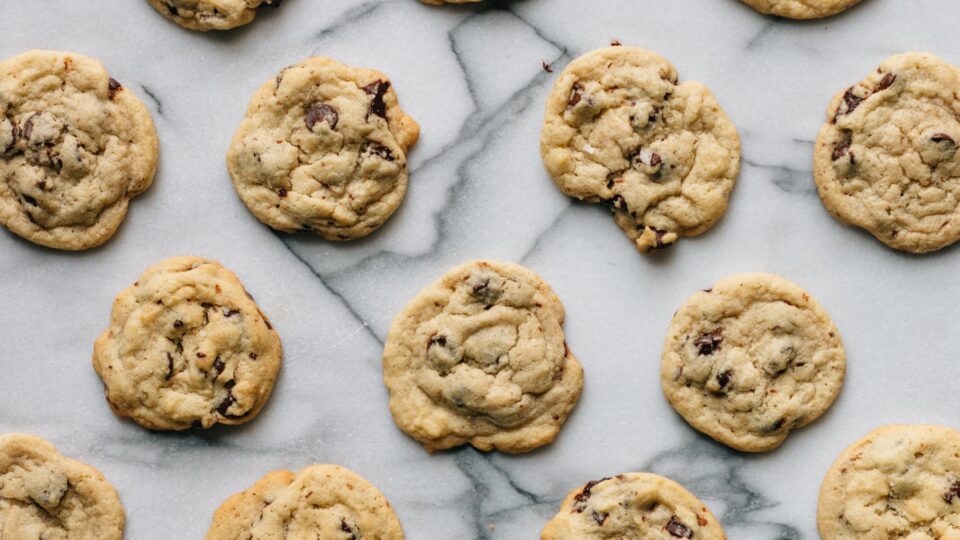Cravings Cheat Sheet
Hunger, Energy, and Cravings (HEC) are the three most useful biofeedback clues for the body. We call them “clues” because when you give up the dieter mindset and become the metabolic fat loss detective, they help solve the puzzle of what keeps your metabolism in balance. When HEC is in check, it is an indication of hormonal balance.
Today, you will find the most important considerations for balancing cravings. In future posts, we will cover hunger and energy in much more detail.
Cravings are both behavioral and biochemical. Certain situations or “triggers” can induce cravings (that’s the behavioral side). Other times it is a chemical effect where brain chemistry changes due to other factors (i.e. hormonal fluctuations during the menstrual cycle).
Stress is particularly impactful on cravings. Stress shuts down the motivation and goal centers of the brain, while simultaneously turning on the reward centers of the brain. Stress hormones like cortisol, in particular, have been shown to increase cravings for salty, sugary, and fatty foods. In other words, comfort foods.
Salt, sugar, and fat seem to have a hidden impact on brain chemistry. Studies have shown that any combination of these elements increases the desire to eat more at a sitting and the desire to seek these types of food in general.
Cravings Cheatsheet
Straight from Dr. Jade and our Metabolic Optimization Health Coaches, here is a list of our top tips & tricks to get cravings in check:
Avoid trigger foods. These are foods that can lead to cravings later on or are easy to overeat. These include foods rich in any combination of SSF (sugar/salt/fat), alcohol, “diet” foods/products, and no-calorie sweeteners.
Know your buffer foods. These are foods that when included in small amounts, or before typical cravings kick in, can lower cravings. Ex: a small square of dark chocolate, nut butter, water, protein shakes. Notice that buffer foods and trigger foods are very individualized. A trigger food in one person (i.e. a square of dark chocolate), could be a buffer food in another person.
Unsweetened baking cocoa (i.e. cocoa powder) can alter brain chemistry and lower cravings. Add 1 tablespoon in a mug. Pour hot water on top while stirring slowly to avoid clumping. Some people find that adding cream and/or alternative dairy (essentially more fat) is better at lowering cravings compared to hot water alone.
Yogi brand Bedtime Tea. As part of an evening ritual, a warm caffeine-free beverage often helps support the transition to sleep. This particular tea has herbs that have been shown to alter specific brain chemicals that help your brain and body wind down. As a side effect of being calm and relaxed, cravings are often lower or less intense. If your cravings are high/highest in the evening, this approach might help. Use 2-4 tea bags and steep for 1-2 minutes before drinking to help suppress cravings in the evening.
Branched-chain amino acids (BCAA). Some people notice a spike in hunger and/or cravings from exercise, which is normal. In addition to finding your individualized approach to EMEM (eat more, exercise more), try 5g – 10g of your preferred BCAA supplement on an empty stomach in place of a snack or meal before or after a workout. This is a helpful hack for busy days when you can’t squeeze in a meal around your workouts. It might buy you some extra time so that you’re not starving when you do get a chance to eat.
Meal frequency. Missing meals can raise a hunger hormone called ghrelin, which also induces cravings. Try eating more frequently if you notice high/strong cravings after long periods without food. For those who are working on extending their fasting windows, fiber on an empty stomach might also help.
Sleep lowers stress hormones. Sleep quality and duration are important but highly individualized. Waking refreshed is a good sign that you are getting enough good quality sleep. People who are tired generally crave foods to boost their mood and their energy levels. In this case, a nap or better sleep will have a better impact on cravings than a chocolate chip cookie (personal example, ha!)
Manage stress by including R&R activities in your lifestyle. Include activities that charge you up (not burn you out), like leisure walking (not power walking), tai chi, restorative yoga (not power yoga), Epson salt baths, physical affection, time with pets, long showers, funny movies, massage, sauna, spa therapies, foam rolling (self-massage).
Cravings are like a wave. They rise, peak, fall and dissipate. Use the “surfing the urge” technique. Watch it rise, peak, and dissipate to develop an awareness of our triggers (behavioral ones especially), and to develop a habit of not being controlled by cravings. This takes time and practice.
Let us know in the comments which (if any) of these tips you’ve tried and if they worked for you. And feel free to add new ones!
Photo by Erol Ahmed on Unsplash

